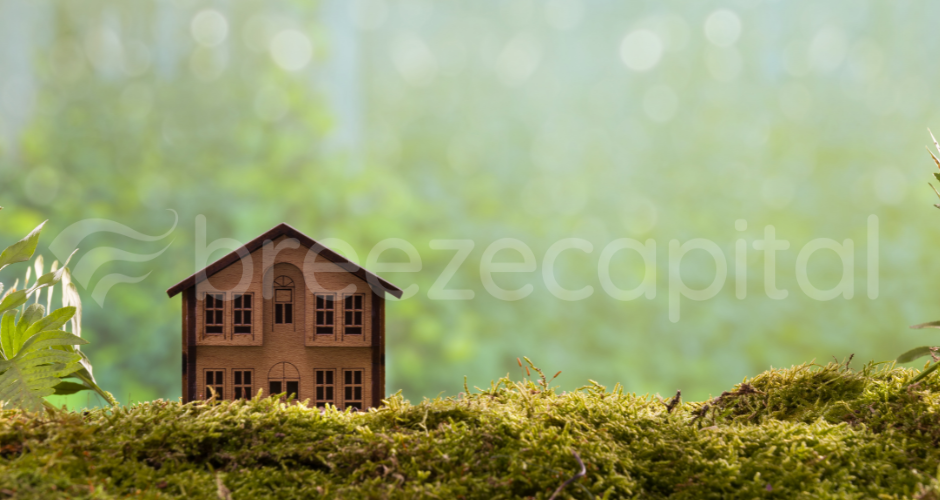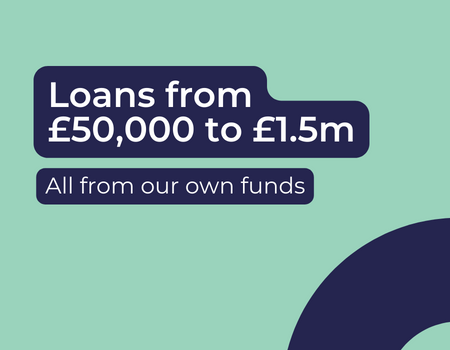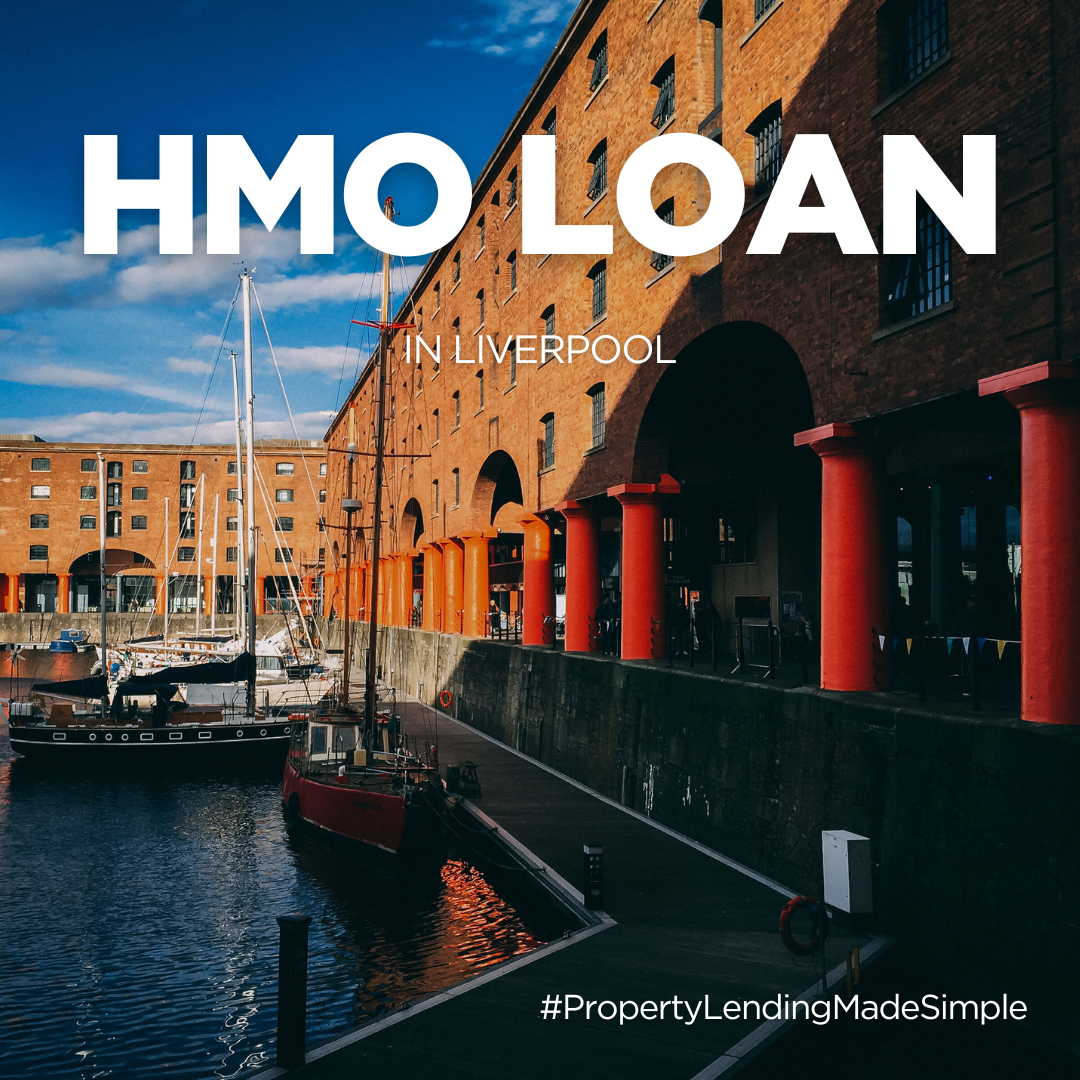Eco-friendly Housing Trends in the UK in 2023

Introduction
As the world grapples with climate change, there’s a growing need to focus on sustainable living. The UK has been a leader in adopting eco-friendly housing trends, and in 2023, these innovative techniques continue to evolve. This blog post will delve into the most exciting developments in sustainable property design, including passive houses, green roofs, and solar panel integration. We’ll also explore the positive environmental impact of these trends, demonstrating how they can help reduce carbon emissions and contribute to a greener planet.
Passive Houses: Energy Efficiency at its Best
One of the most significant eco-friendly housing trends in the UK in 2023 is the passive house movement. Passive houses, also known as Passivhaus, are specifically designed to be highly energy-efficient, with minimal heat loss and airtight construction. This approach results in a building that requires little to no active heating or cooling, saving both energy and money in the long run.
Some key features of passive houses include:
- High-quality insulation: Passive houses boast superior insulation to trap heat inside, reducing the need for heating systems.
- Airtight construction: By sealing all gaps and ensuring proper ventilation, passive houses maintain a comfortable indoor temperature and reduce energy consumption.
- Triple-glazed windows: These windows keep heat from escaping, further improving energy efficiency.
By implementing these design elements, passive houses can reduce energy consumption by up to 90%, significantly reducing the building’s carbon footprint.
Green Roofs: A Breath of Fresh Air
Green roofs, or living roofs, are another popular eco-friendly housing trend in the UK in 2023. These innovative rooftops are covered with vegetation, providing numerous benefits for both the environment and the building’s occupants.
Some of the advantages of green roofs include:
- Improved air quality: The plants on green roofs absorb pollutants and produce oxygen, enhancing the air quality in the surrounding area.
- Reduced heat island effect: Green roofs help lower the temperature of urban areas by absorbing and reflecting sunlight, mitigating the heat island effect.
- Enhanced insulation: The layer of vegetation acts as an additional insulation layer, reducing heat loss in the winter and keeping the building cool in the summer.
- Stormwater management: Green roofs absorb and filter rainwater, reducing runoff and alleviating pressure on urban drainage systems.
By incorporating green roofs into property designs, developers can create healthier, more sustainable urban environments.
Solar Panel Integration: Harnessing the Power of the Sun
Solar panel integration has been a game-changer for sustainable property development, and its popularity continues to grow in 2023. As solar technology advances, more and more UK homeowners and developers are opting to install photovoltaic (PV) systems on their properties.
Solar panels offer several key benefits:
- Renewable energy: Solar panels produce clean, renewable energy from the sun, reducing reliance on fossil fuels and decreasing greenhouse gas emissions.
- Lower energy bills: By generating their own electricity, homeowners with solar panels can significantly reduce their energy bills.
- Grid independence: In some cases, solar panel systems can allow homeowners to go completely off the grid, offering greater energy security and independence.
By embracing solar panel integration, UK property owners can play a crucial role in the transition towards a greener, more sustainable future.
Conclusion
The eco-friendly housing trends in the UK in 2023 demonstrate a strong commitment to creating a more sustainable built environment. From passive houses and green roofs to solar panel integration, these innovative techniques not only reduce carbon emissions but also offer numerous benefits for homeowners


